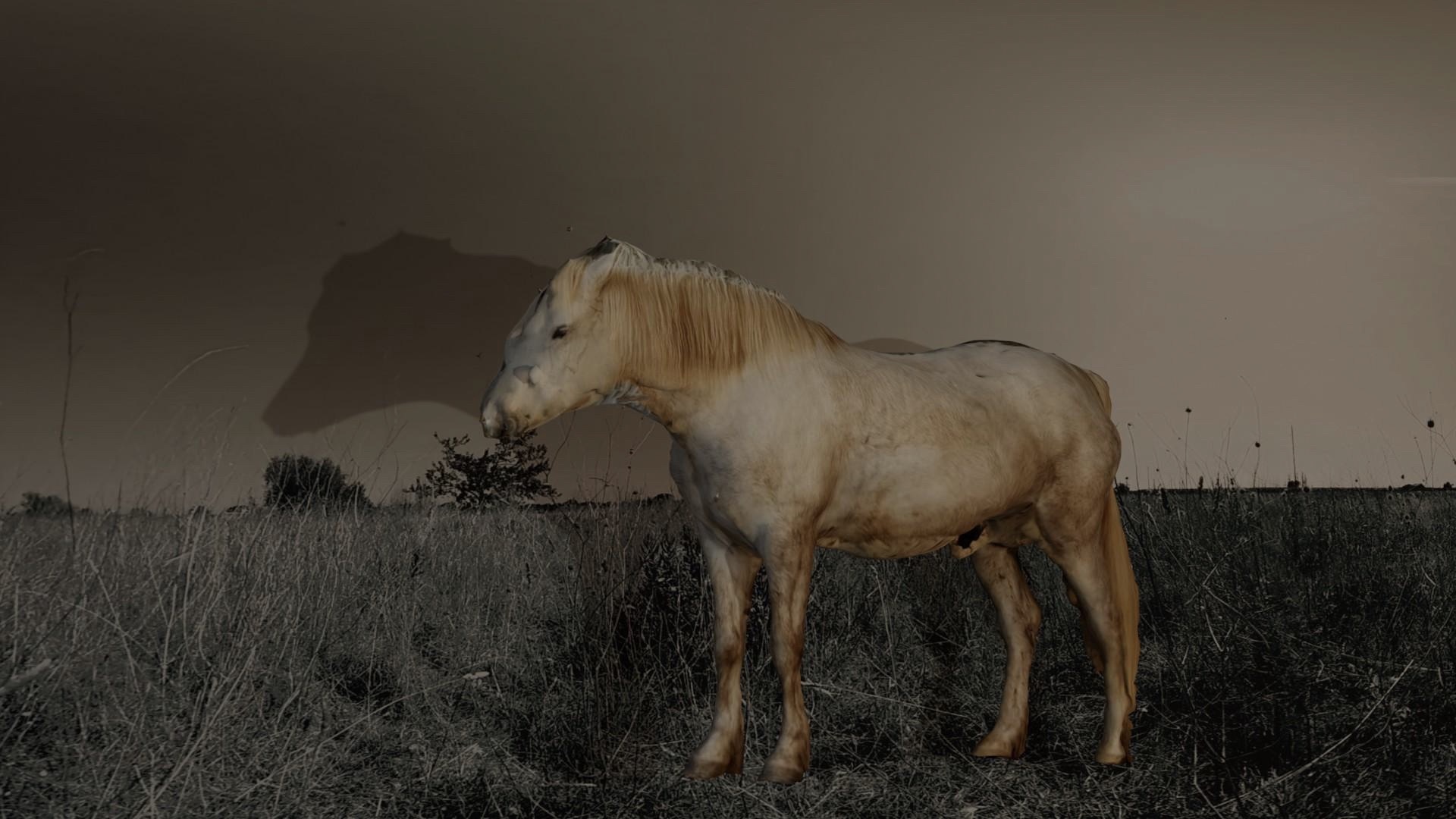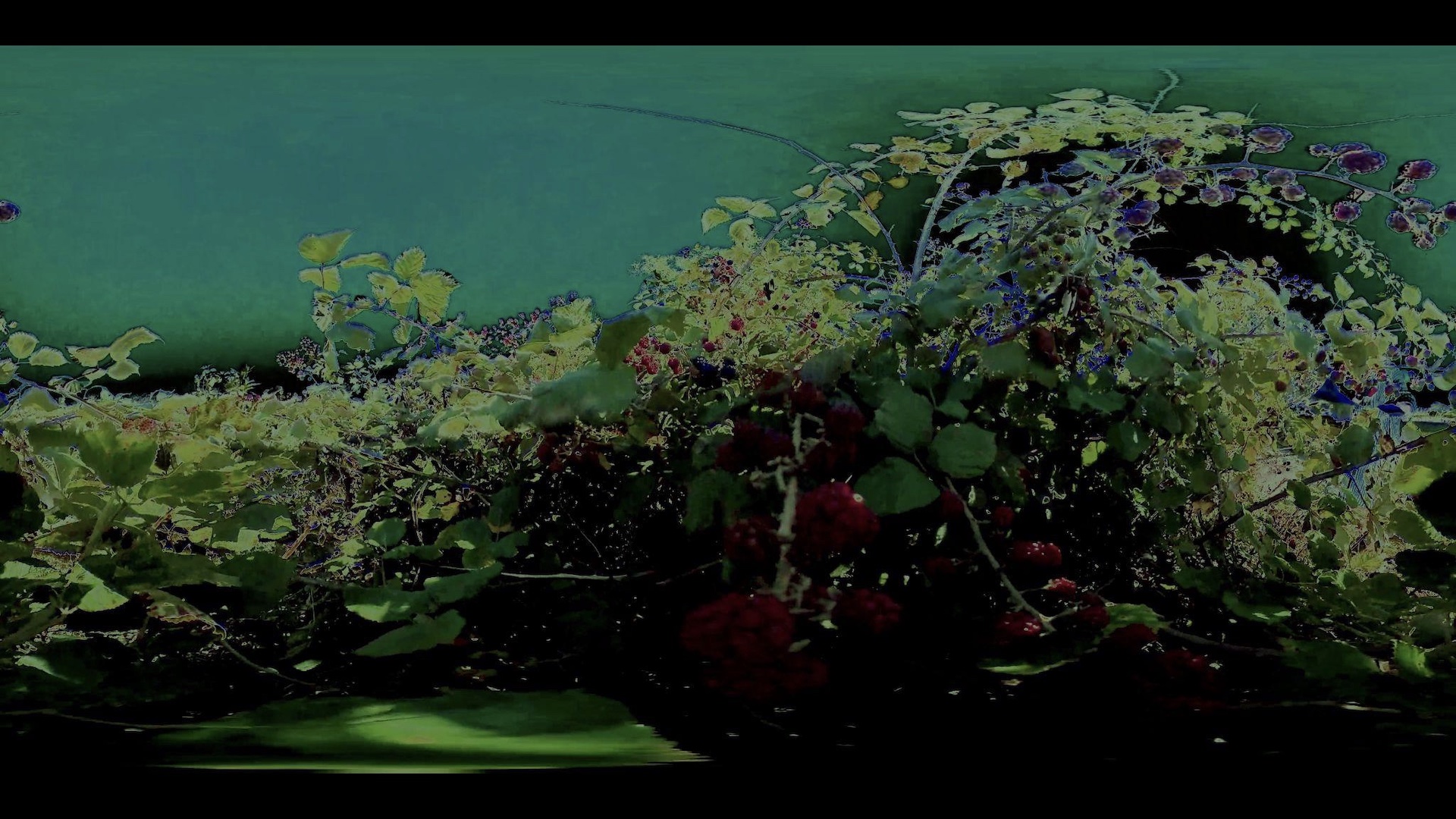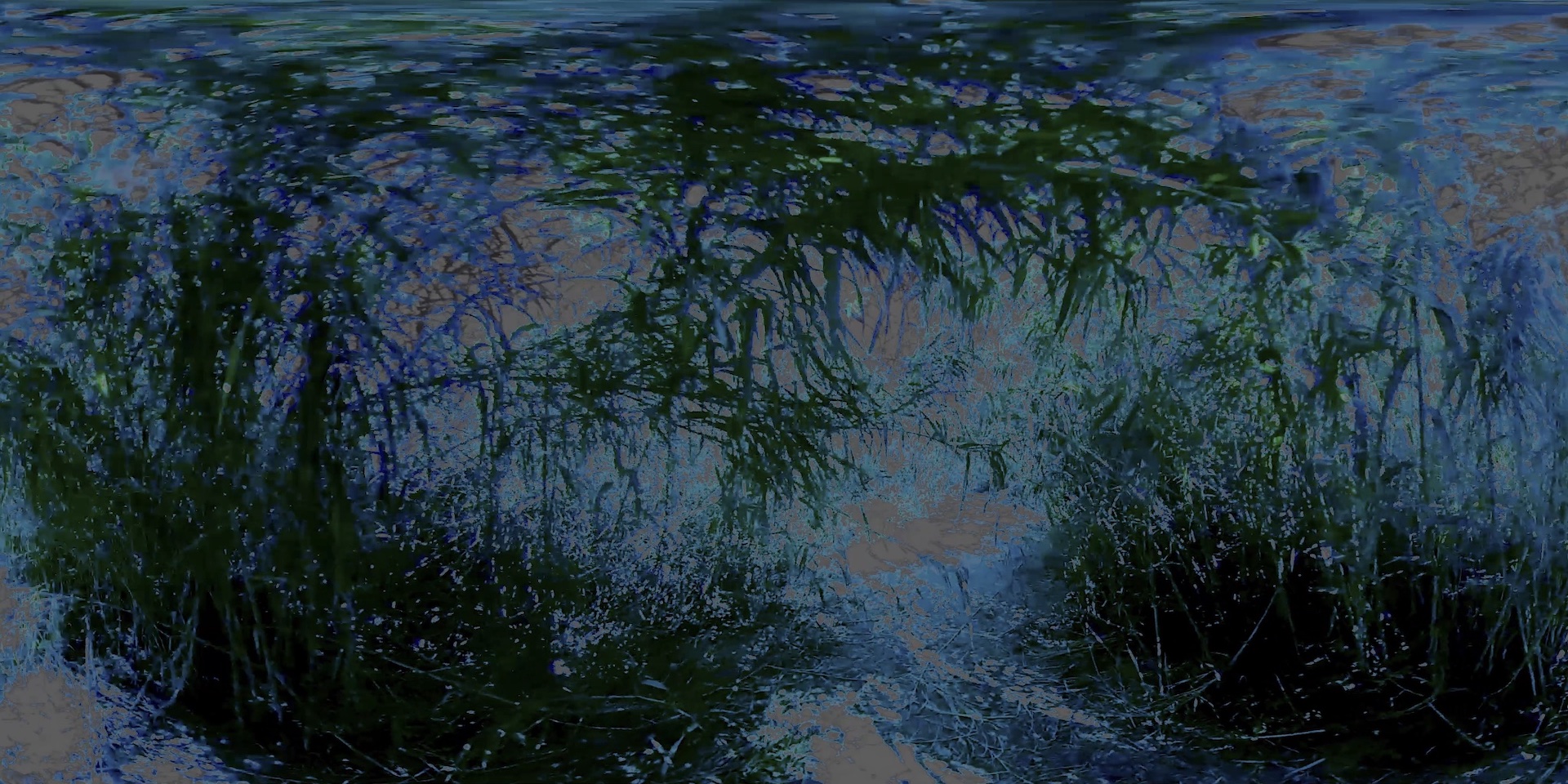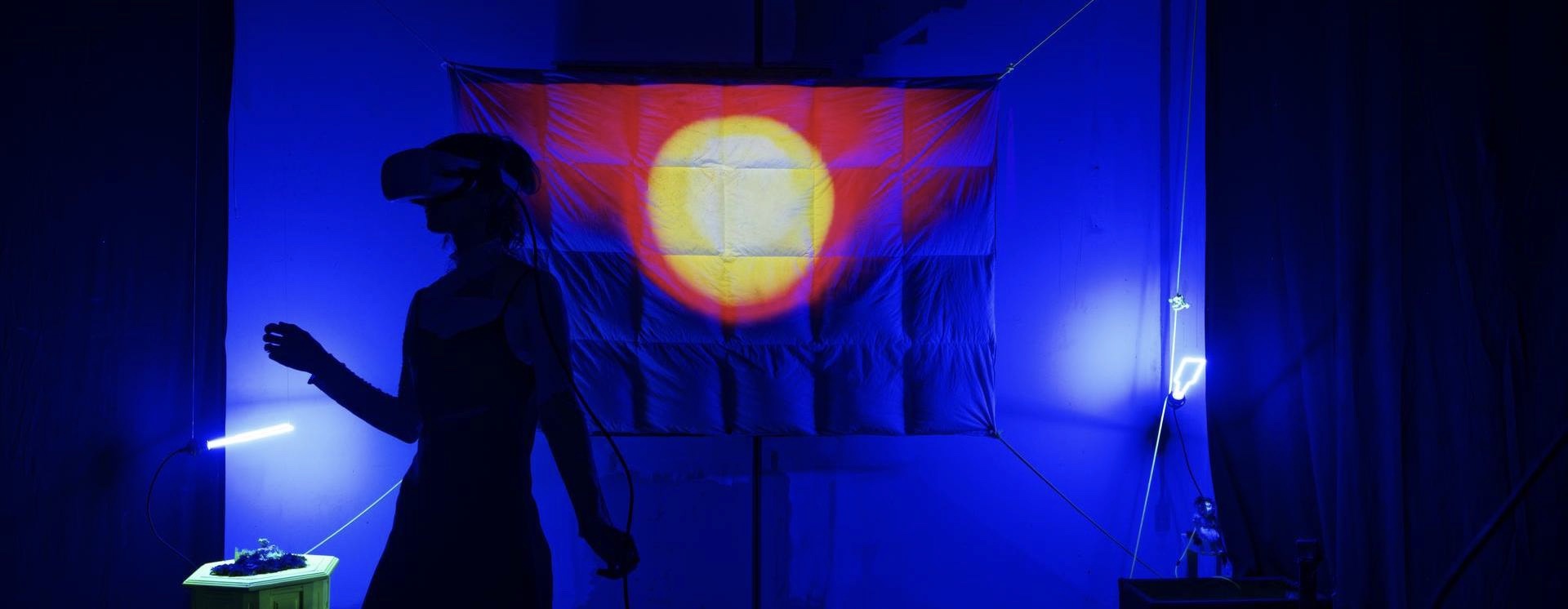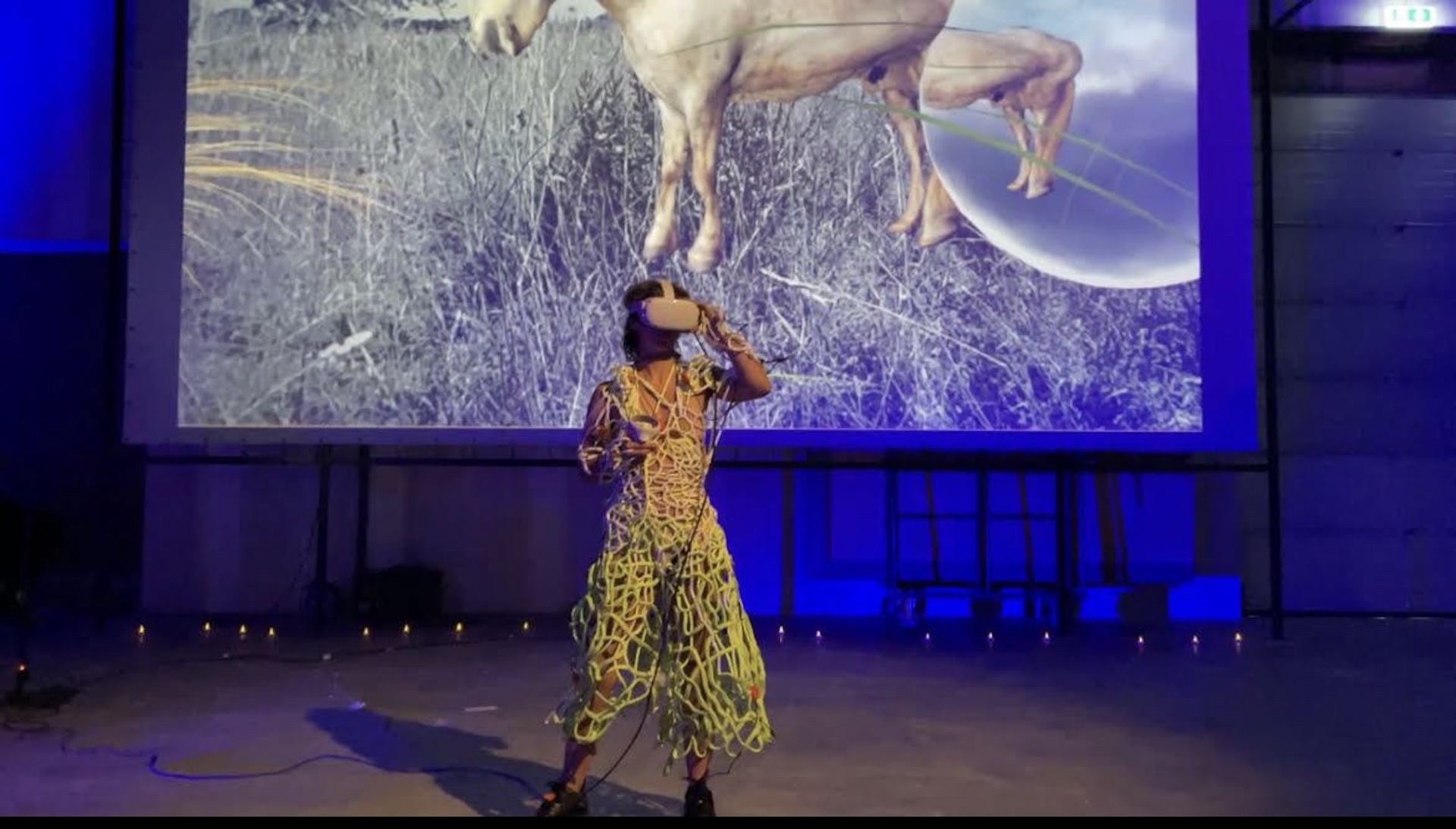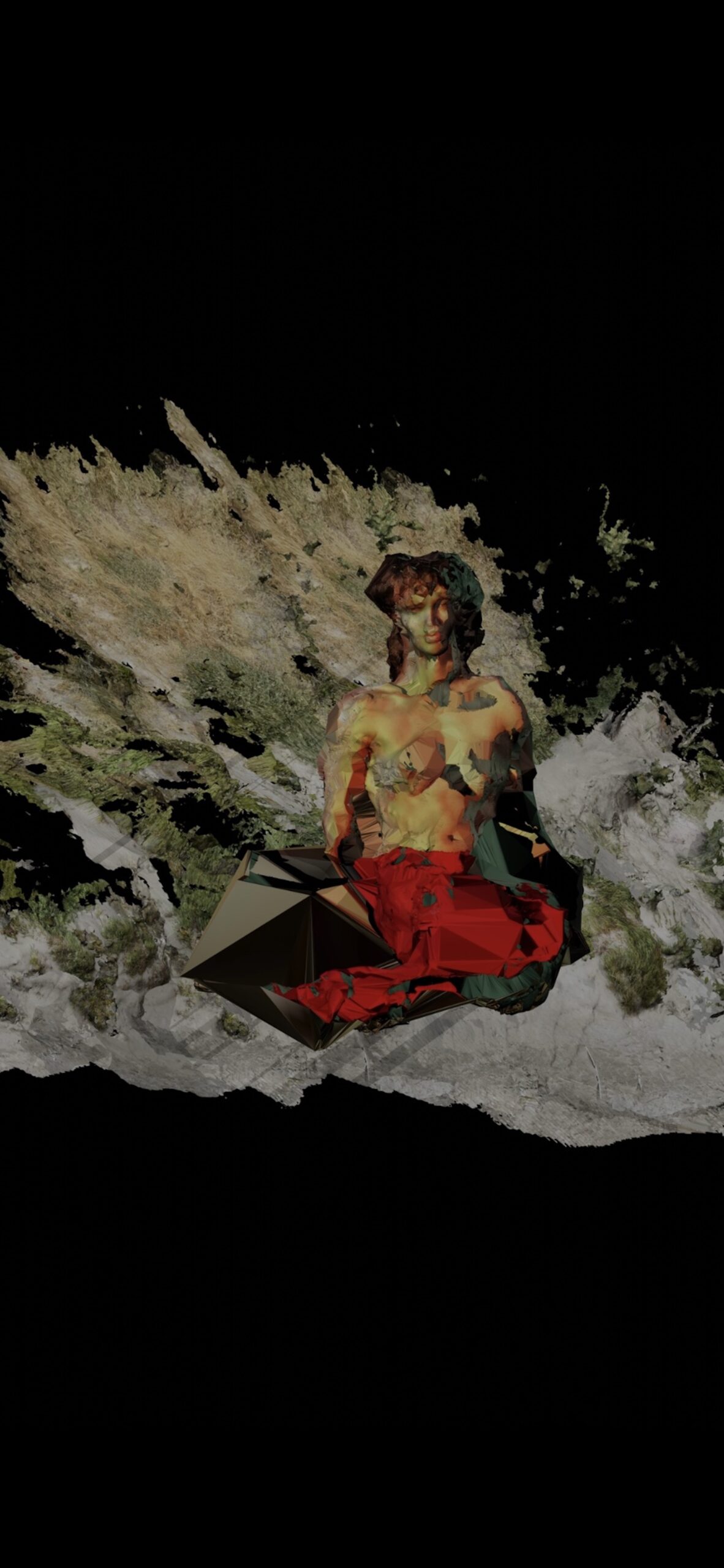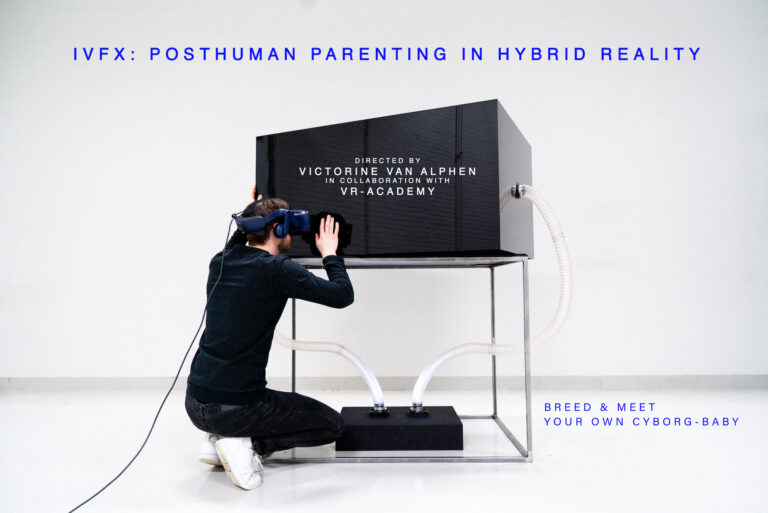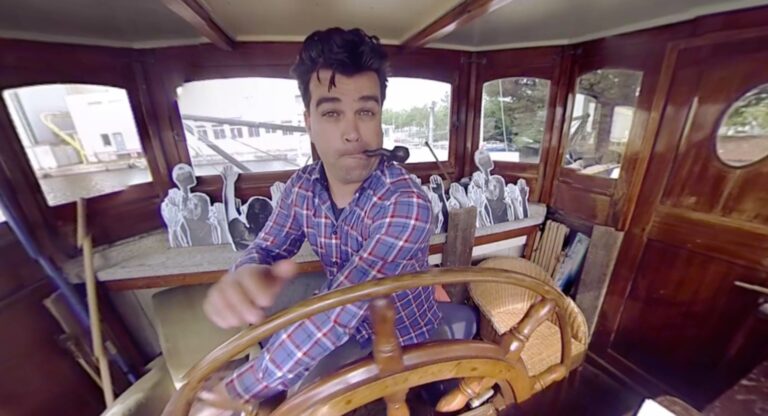From scanning to skinning or how to swim in layers of virtual scum A research on Digital Spectrums.
Scanning means either looking carefully at something or overlooking something quickly. It is linking two different speeds and degrees of attention in one act. It is also defined as looking through something to take an image of an inside. Although, even if we might be able to fold and unfold space digitally by mapping it we cannot render its insides but only its Skin.
With the rapid democratization of 3D visualization and tools we start to integrate this new photographic style in our contemporary esthetic and make new use of it.
Lidar is a laser based method that extracts data by measuring the time for the reflected light to return to the receiver. It is a time-space method that allow the passage from the solid state into its fluid, digital state.
This mutation leaves behind trace, impurities. In this process of digital-revelation something has been caught. It is as if with this back and forth between state-of-matter, a new kind of materiality has been secreted.
Meshing : unfolding the network of textured data collected and extrapolated, creates a digital matter that has an ambiguous quality of a mesh and a fluid. It is a process that reveal errors and glitches. And instead of smoothing and erasing them I look at those anomalies and highlight them. Polishing the cyberspace as something sleek, clear and clean is an act of dissimulation, a judgment of what should be shown or hidden. Conceiving of the digital space as a mere reproduction is the real scam.
Instead, I think of it as an extension of our reality in another realm. As a continuum, those dimensions communicate. 3D models are more malleable, and by manipulating them, I reinvent ways of relating to the world. Creating a virtual world means fictionalizing our own shared world and just as good fiction can contain more truth than documentary, what is now called worldling (creating parallel, convergent and divergent worlds from our physical one) can unveil some deep truths about our world that we often miss by living in it.
By showing the inaccuracy and inadequacy of the world I’m creating, I am being more honest than those working toward a believable simulation. This meshy esthetic is that of the primordial world of clay and shadows. And it is not a coincidence if the landscape portrayed in VR is that of the moist and misty swamps of my homeland Camargue with its fertile and troubled waters. A place where fiction and reality dissolve into each other like the earth, water ans sky.
The installation is a wild tale, a speculative Camargue made of dreams of new ecological awareness toward human and non-human relations : insect, animal, vegetal, elements, statues and avatars. This scattered portrait looks at the human from a displaced point of view, through glimpses that never fixes those humanoid shapes, but allows them to mute and extend. Maybe by not looking straight and hard, through the distorted and ever-changing medium of the digital we could finally intercept something too subtle to be captured. With the use of a motion-capture system and the interplay between the physical and digital we attempted so, in a serie of live performances.
Short biography
Sarah Fernandez, also called SEVC, is not a digital native, she was born in the early 90’. In a time just before the widespread of digital culture that fascinates her today. She graduated in Philosophy and Social Sciences at the University Pantheon-Sorbonne where she took a special interest in questioning logic and reality of our so called “best of all possible worlds”.
Her areas of interest circulate around virtual realities and speculative philosophy with an affinity for hybridization and anarchism. She took her obsessions in the visual realms and pursued her research through Art when she joined the postgraduate program in the Universidad Nacional de las Artes in Buenos Aires. There she produced several animations that already used a mix of different films formats ans technics.
In 2021 shes graduates from the Master of Film at the NFA, in Amsterdam, with a research on digital ecologies. Through her practice of scanning and 3D modeling she is fictionalizing our shared world to displace them in the virtual realms where new truths can be unveiled. The raw, imperfect and seemingly uncomplete outcomes of her experiments offer a experience of estrangement to the viewer by exposing and demystifying current technologies like 3D scanning and VR. Her latest pieces focus decentralizing our human perception by investigating new possible relations with nature and technology through immersive experiences around botanics and the human body.


